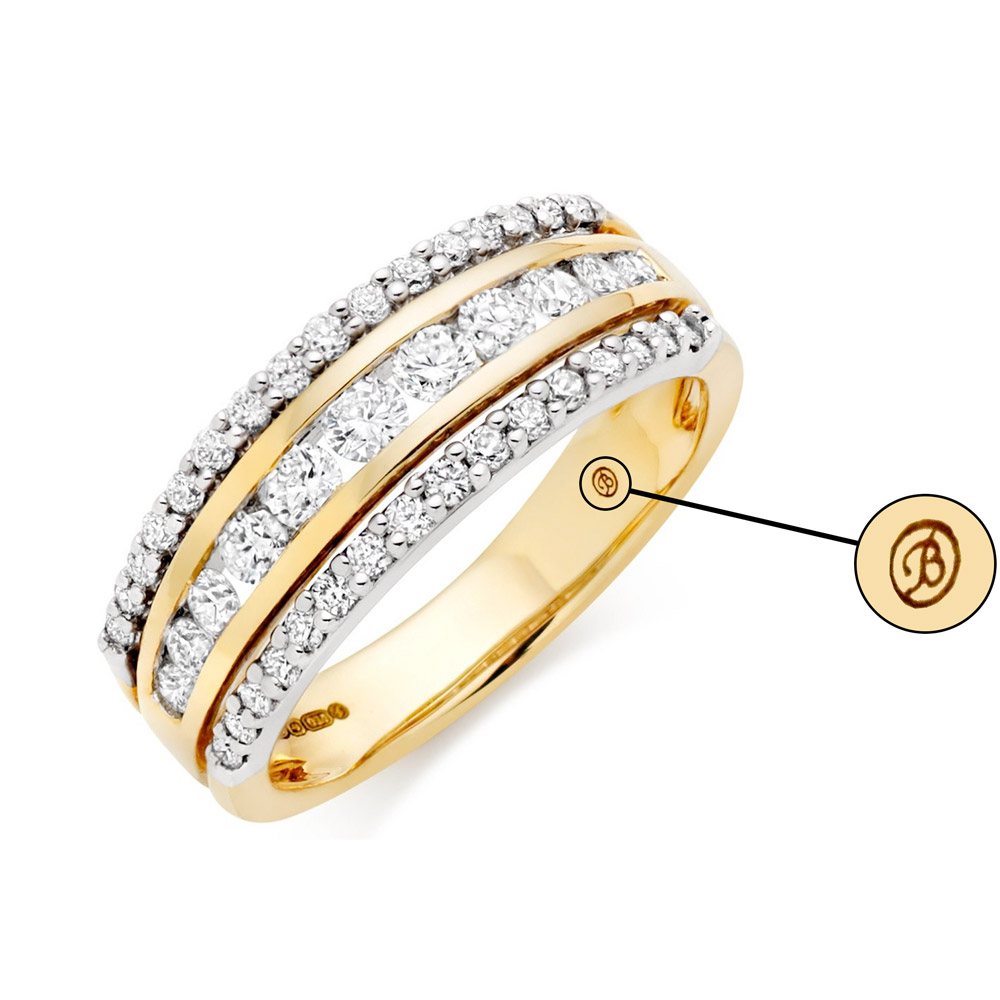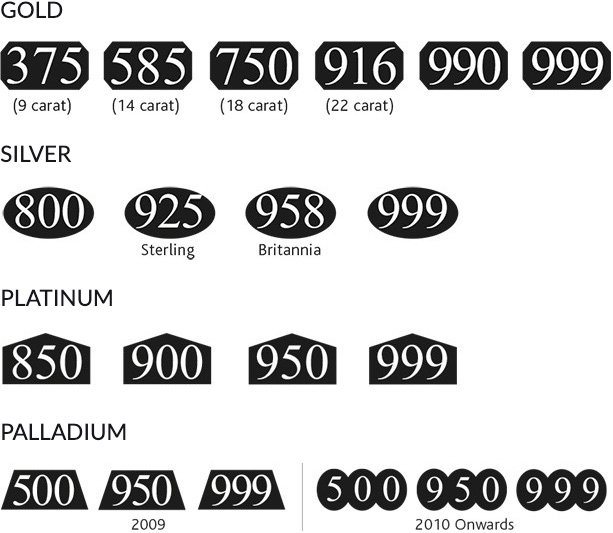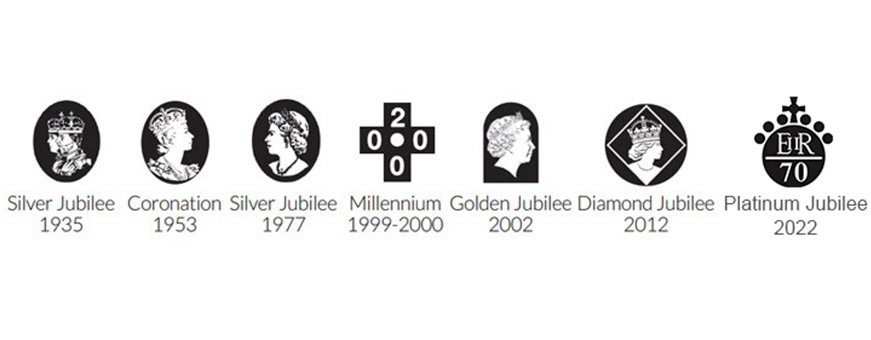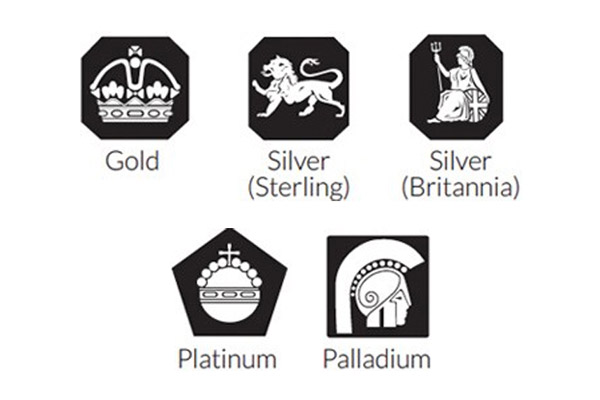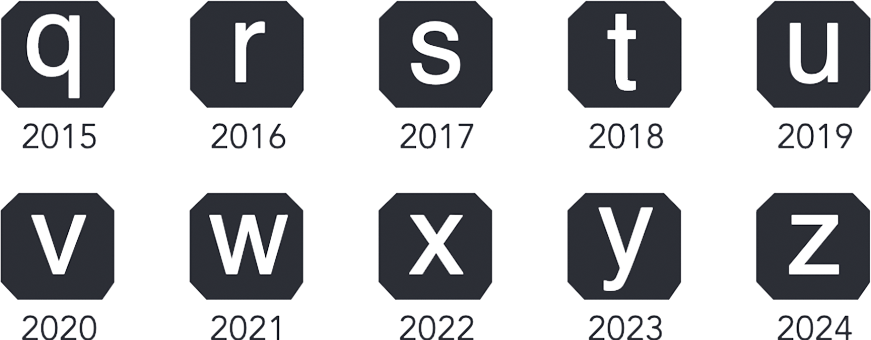A Guide
to Hallmarking
We know that when it comes to buying jewellery you want to be confident in what you’re buying.
We’ve created a jewellery hallmarking guide to help you understand silver, gold, platinum and palladium hallmarks, the markings Beaverbrooks use and why we fully support the British hallmarking system.
HALLMARKS
What is a hallmark?
Gold, silver, platinum and palladium are rarely used in their purest form when it comes to jewellery due to their softness. Instead they’re alloyed (mixed) with other metals to achieve the desired strength, durability and colour. A hallmark is used to identify the purity of these precious metals.
Around for hundreds of years, hallmarks are a reassurance of the precious metal quality and purity – giving you confidence in what you are buying. They are a legal requirement in the UK. Hallmarks must be present at the point of sale, subject to the following weight exemptions:

Silver
mandatory for items above 7.78 grams
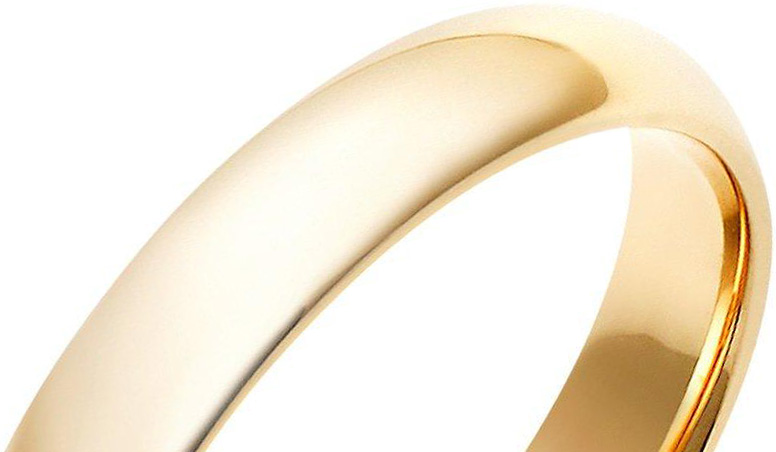
Gold
mandatory for items above 1 gram

Palladium
mandatory for items above 1 gram
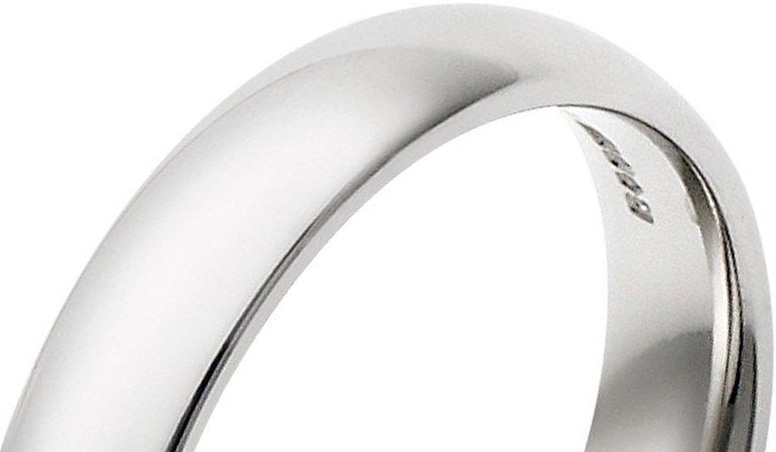
Platinum
mandatory for items above 0.5 grams
HALLMARK SYMBOLS
How to read hallmark symbols
Made up of three compulsory marks, a hallmark is usually on the back or inside of your jewellery. A special magnify, called a loupe, is needed most of the time as they can be quite small and hard to read without. We recommend using a 10x loupe.
OPTIONAL HALLMARKS
Traditional Marks & Date Letters
You might discover a couple more jewellery markings alongside the compulsory ones. These are optional and known as the Traditional Marks (similar to the Standard Mark, these are symbols to show the precious metal instead of numbers), and the Date Letter (the year in which the precious metal was hallmarked).
Commemorative Marks
These are special marks which are created to celebrate a major event. This year, Her Majesty The Queen will become the first British Monarch to celebrate a Platinum Jubilee and to commemorate the 70th anniversary, the British Hallmarking Council has sanctioned a commemorative mark designed by Thomas Fattorini Ltd.
BEAVERBROOKS HALLMARKING

Beaverbrooks Hallmarking
Here at Beaverbrooks, we fully support the British hallmarking system. As mentioned previously, we’re registered with the Birmingham Assay Office meaning all of our precious metal jewellery is compliant with the UK’s hallmarking regulations. For any items that are below the UK Hallmarking Act’s mandatory weight for hallmarking, we do voluntary testing to ensure the items meet the minimum fineness requirement.
ASSAY OFFICE
What is an Assay Office?
An Assay Office is the place in which precious metals get tested and hallmarked before sale, however they’re not just used for this. The Birmingham Assay Office is also the home to the AnchorCert Analytical Laboratory, SafeGuard Valuations and the AnchorCert Gem Lab.
FAQS
APPROVED HALLMARKS
Dealers Notice
This is a notice that explains the current and approved hallmarks and is produced by the British Hallmarking Council. The Hallmarking Act 1973 made it a requirement for all places that sell precious metal jewellery to have it on display.
VIEW THE NOTICE
